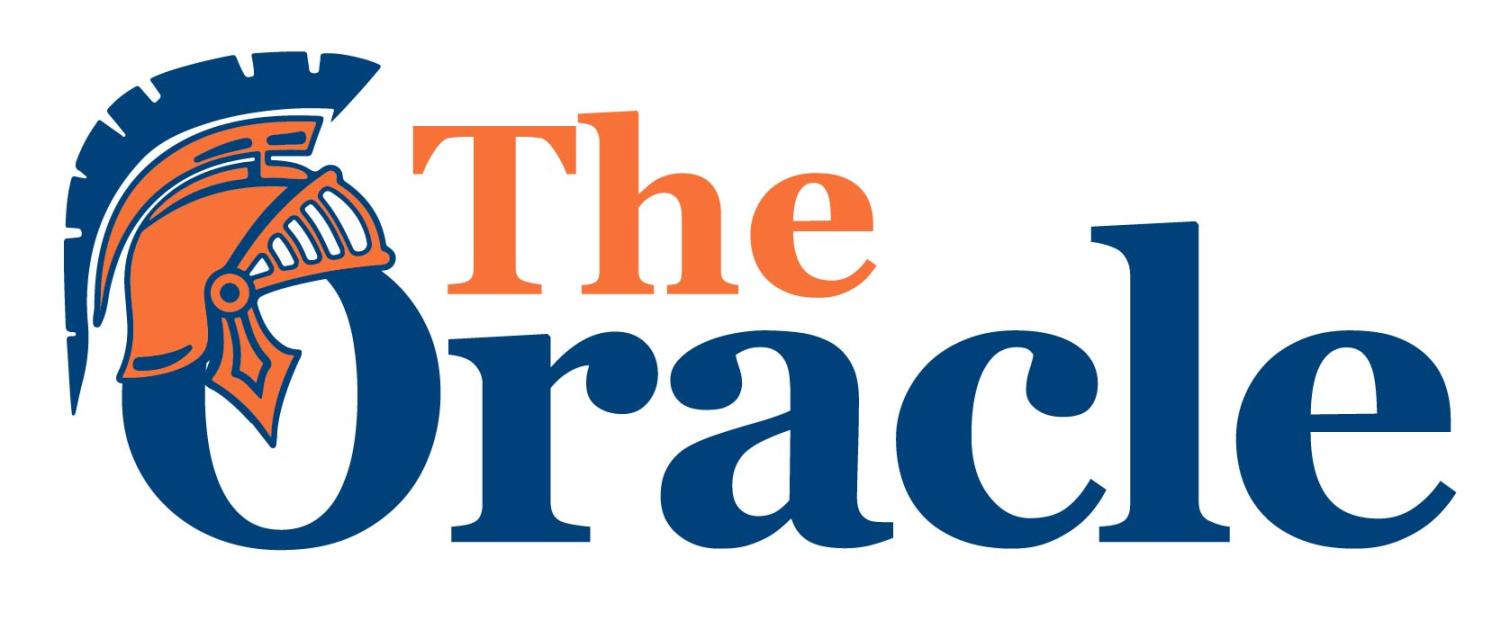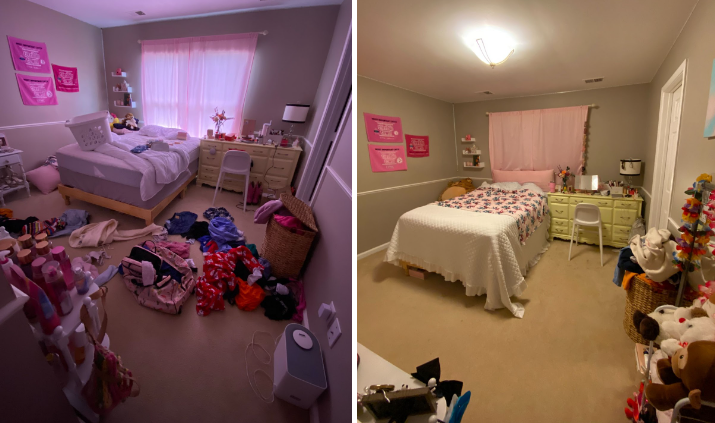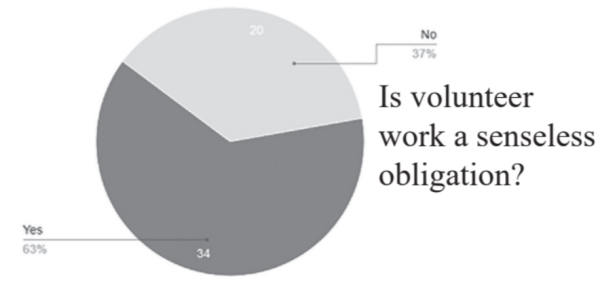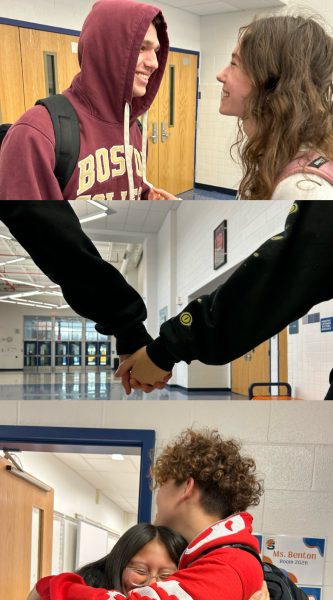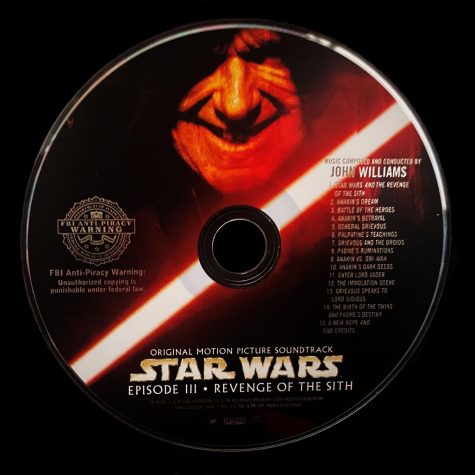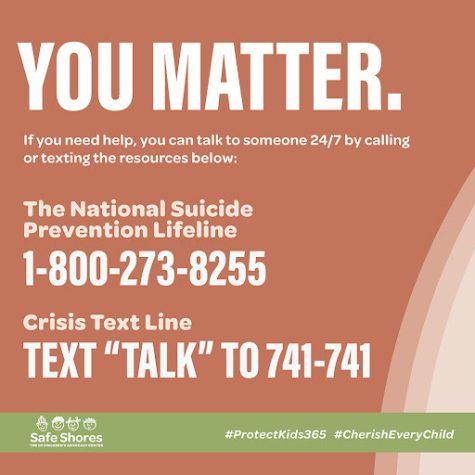Who is making your clothing?

Photo courtesy of Molly Haynes
Junior Molly Haynes poses in a dress that she wore on a day in December to show her participation in the Dressember campaign. This is a way for people to raise awareness about human traficking and unethical labor practices.
June 6, 2017
We do everything in them: go to school, exercise, even sleep. Clothes are a fundamental part of our lives, a way we express ourselves.
Shopping for them can be fun. A shirt for five dollars. Two pairs of pants for twenty. Clothes can be cheap, but have you ever stopped to wonder why?
The answer is the fashion industry’s darkest secret: big brands like H&M, Forever XXI, Nike, Victoria’s Secret, and GAP rely heavily on sweatshop labor in developing countries. Workers—many of them children—suffer unsafe working conditions, are beaten by their bosses, and are often paid under two dollars a day, trapped in a situation most Americans would consider slavery.
“I’m pretty sure not many people know, especially not teenagers at my school,” said junior Ximena Morales.
There’s a surprising lack of awareness among teenagers about the issue, though stories about it have dominated the headlines. For example, Rana Plaza, a Bangladesh sweatshop complex producing clothing for several U.S. brands, collapsed in April 2013. Over a thousand workers were killed. Many workers pointed out the dangerous cracks in the walls hours before the collapse, but factory owners beat and threatened them, forcing them to remain inside.
Horror stories like Rana Plaza have been on the news before, but brands who employ thousands in similar conditions have not lost popularity. People don’t often connect incidents like Rana Plaza with the clothes they wear.
“When you see a clothes tag that says, ‘Made in Taiwan,’ or something of the like, you probably don’t even think of child labor,” said senior Sophia Groder.
Even if they are aware of the problem, many people don’t change their shopping habits or educate themselves on which brands use unethical labor practices.
“Since it’s not directly impacting our lives, it’s hard for us to empathize, which shouldn’t be the case,” said senior Enrique Ramos-Chavez.
Some, however, are taking a stand. Junior Molly Haynes is one of the handful of WS students who participated in Dressember this year. She wore a dress every day in December to solicit donations and raise awareness about human trafficking and other abuses against the poor, like unethical labor practices, in developing countries.
“When I learned that slavery was still a huge problem in the world, I wanted to do something about it,” said Haynes.
But Dressember isn’t the only way to combat slavery. Thrift shopping and buying only from brands who use ethical labor practices are great ways to avoid supporting companies that use sweatshop labor.
Above all, remember that you are the consumer. If you don’t want to buy into the system that exploits the poor in the name of profit, you don’t have to.
“Do what you can to make a difference. Every little bit counts,” said junior Jocelyn Highsmith, another Dressember advocate.
